An early cold snap has pushed autumn into fast-forward across Korea. As the fall foliage takes over the countryside, Buddhist temple stays are a uniquely Korean way to relish the transitory season.
Temples, many of which are nestled deep in the mountains, guarantee sweeping views of rural Korea. Through an overnight program, temple stays are designed to help participants find peace and mindfulness while immersed in nature.
Guests typically spend one or more nights at the temple and live like monks — meditating, sharing meals and eating temple food, which is plant-based cuisine free of meat, fish and what is known as the five pungent vegetables (garlic, onions, chives, green onions and leeks). Some temple stay programs also offer artful activities, such as making lotus lanterns or stringing prayer beads.
But beware: attaining inner peace is physically harder than what the term alludes to. Expect mandatory wake-up calls at 4 a.m., a uniform that’s best described as “monastic beige” and physical labor that double as mindfulness training. Tasks can vary from yard work to the famous 108 prostrations — yes, that’s a full 108 repetitions of getting down on one's knees to bow and then standing back up straight.
This November, designated “Special Travel Month” by the Cultural Corps of Korean Buddhism, numerous temples are offering discounted stay programs. Spots are limited, and disappearing fast.
The Korea JoongAng Daily highlights three English-language temple stays to try in the countryside this fall.
Daeheung Temple
For those interested in crafts, consider an overnight stay at Daeheung Temple in Haenam County, South Jeolla.
The temple offers a hands-on program where visitors can make prayer beads, also known as a mala — a string of beads used in Buddhism and Hinduism during meditation and prayer to count mantras and maintain focus. Participants can also craft paper lotus lanterns, a symbolic flower in Buddhism representing enlightenment. The lotus’ life cycle — blooming from muddy waters — mirrors the Buddhist idea that while life is full of suffering, one can rise above it through mindfulness.
The temple’s morning schedule is relatively lenient. Though the wake-up call remains at 4 a.m., both the yebul (a Buddhist ceremony praising Buddha) and individual meditation until 6 a.m. are optional. The day continues with a simple breakfast, a forest walk around Mount Duryun and a casual teatime with the temple’s monks.
Founded around the late Silla and Baekje (18 B.C. to A.D. 660) periods, Daeheung Temple is inscribed on the Unesco World Heritage List including Buddhist mountain monasteries in Korea.
Baekyang Temple
For picturesque fall foliage views, visit Baekyang Temple at Mount Baegam, part of Naejangsan National Park in Jangseong County, South Jeolla. Surrounded by a tranquil lake, lush mountains and centuries-old conifers, any shot taken around the ancient temple, built in the 6th century during the Baekje Dynasty, is guaranteed to be postcard material.
Baekyang Temple offers a one-night, two-day stay this fall that includes meditation sessions and a tour of the historic temple grounds. A key program is 108 prostrations — a traditional Buddhist practice, particularly popular among Korean Buddhists, involving 108 bows before Buddhist statues. It is believed to purify the mind, overcome worldly attachments and cultivate virtues such as gratitude and repentance.
Naksan Temple
Naksan Temple, in Yangyang County, Gangwon, was originally founded in 671 A.D., during the Silla Dynasty. Though much of it was destroyed by a fire in 2005, the temple has since been carefully restored.
Perched dramatically on a seaside cliff, Naksan is one of Korea’s three major temples dedicated to the Bodhisattva of Compassion (Gwan-eum), and is particularly known for its surf-themed temple stay during the summer.
This fall, Naksan Temple offers programs such as Buddhist chanting, optional 108 prostrations, prayer bead making and a reflection essay session. For early risers, a 3 a.m. sunrise meditation over the East Sea provides a memorable spiritual experience.
All three programs run through Nov. 30 for 30,000 won ($21). Sign-ups are available on the Cultural Corps of Korean Buddhism’s official website.
![Baekyang Temple in Jangseong County, South Jeolla, is surrounded by fall foliage.[ [JOONGANG ILBO]](https://imgnews.pstatic.net/image/640/2025/10/23/0000078717_001_20251023070114172.jpg?type=w860)
![A plant-based meal at Baekyang Temple in Jangseong County, South Jeolla.[JOONGANG ILBO]](https://imgnews.pstatic.net/image/640/2025/10/23/0000078717_002_20251023070114270.jpg?type=w860)
![A Buddhist practitioner prays at Baekyang Temple in Jangseong County, South Jeolla. [JOONGANG ILBO]](https://imgnews.pstatic.net/image/640/2025/10/23/0000078717_003_20251023070114337.jpg?type=w860)
![A Buddhist monk holds prayer beads [JOONGANG ILBO]](https://imgnews.pstatic.net/image/640/2025/10/23/0000078717_004_20251023070114396.jpg?type=w860)
![A buddhist monk pours tea for temple stay guests at Daeheung Temple in Hanam County, South Jeolla. [JOONGANG ILBO]](https://imgnews.pstatic.net/image/640/2025/10/23/0000078717_005_20251023070114461.jpg?type=w860)
![Baekyang Temple in Jangseong County, South Jeolla, is surrounded by fall foliage. [JOONGANG ILBO]](https://imgnews.pstatic.net/image/640/2025/10/23/0000078717_006_20251023070114507.jpg?type=w860)
![Baekyang Temple in Jangseong County, South Jeolla, is surrounded by fall foliage. [JOONGANG ILBO][JOONGANG ILBO]](https://imgnews.pstatic.net/image/640/2025/10/23/0000078717_007_20251023070114581.jpg?type=w860)
![The sun rises over the sea next to Naksan Temple in Yangyang County, Gangwon. [JOONGANG ILBO]](https://imgnews.pstatic.net/image/640/2025/10/23/0000078717_008_20251023070114681.jpg?type=w860)















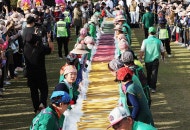


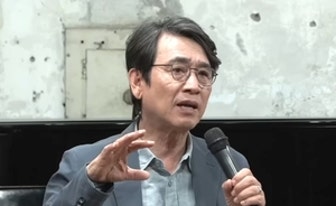

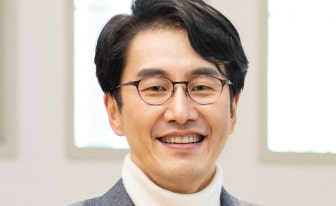

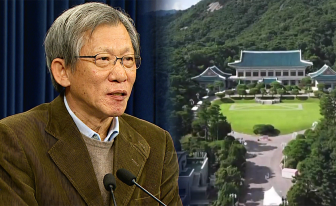
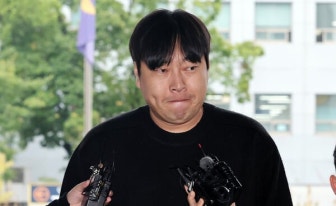
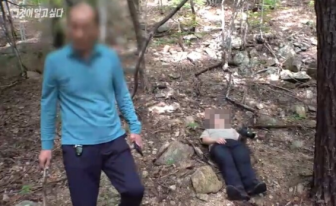

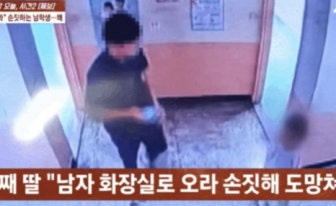
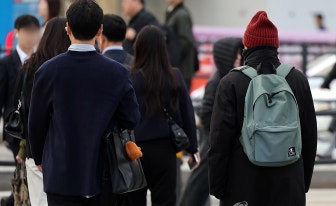
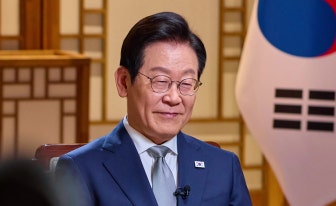


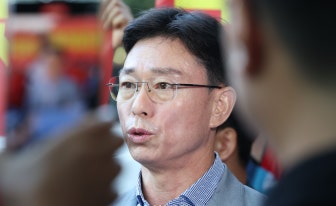
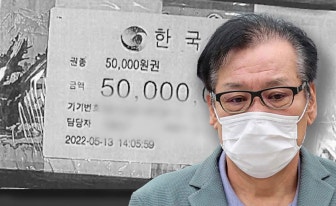

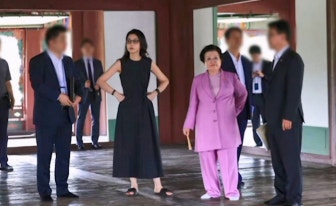



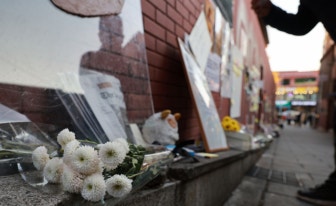

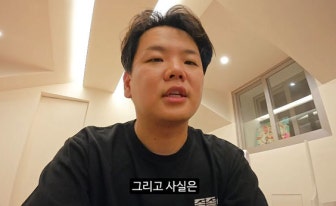



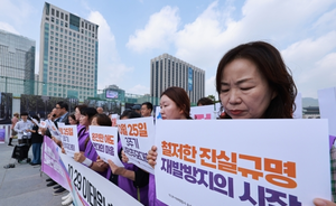
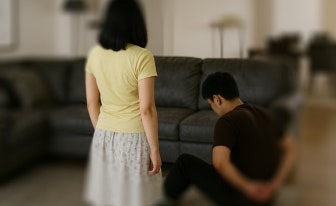

.jpg?type=nf190_130)




.jpg?type=nf190_130)

